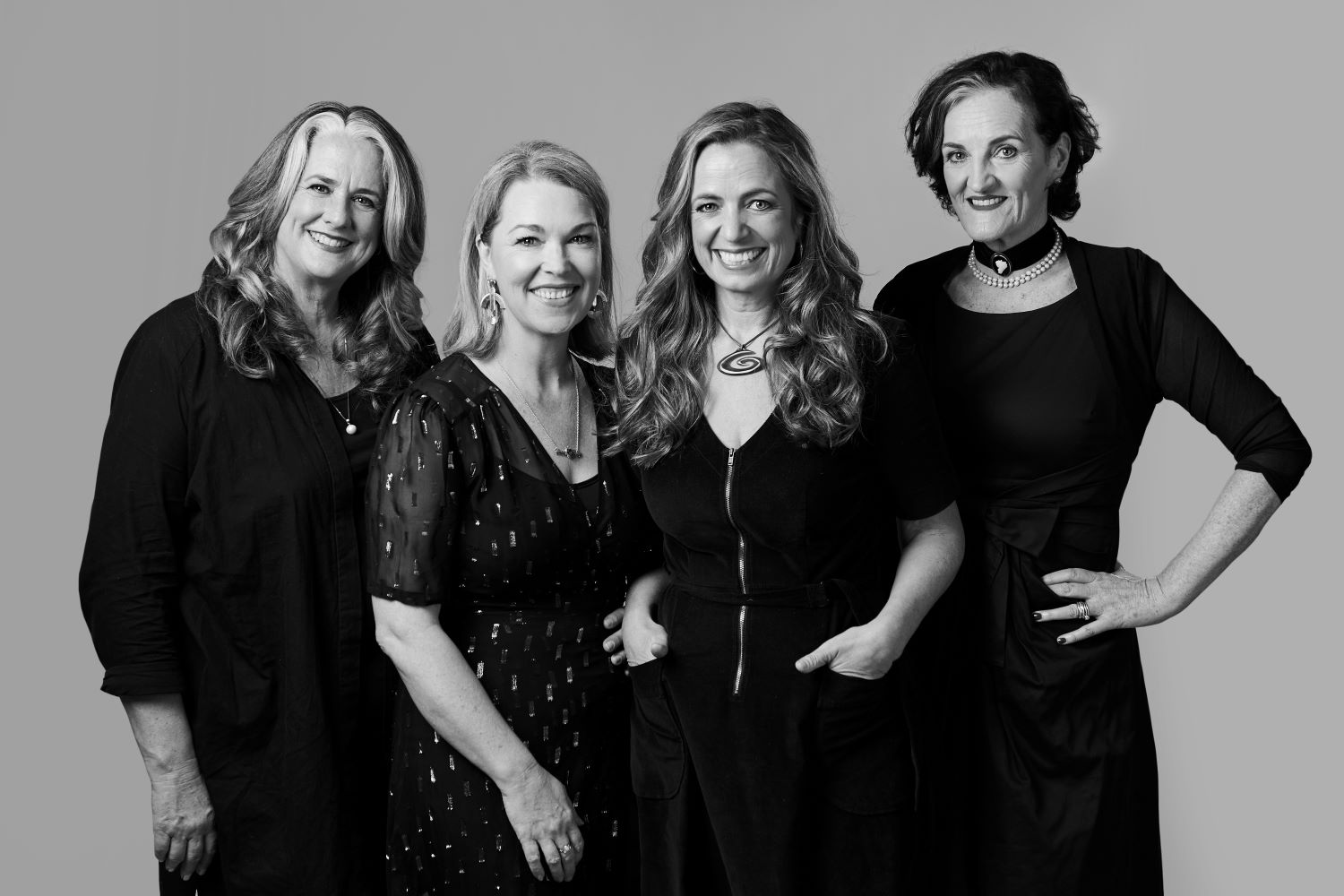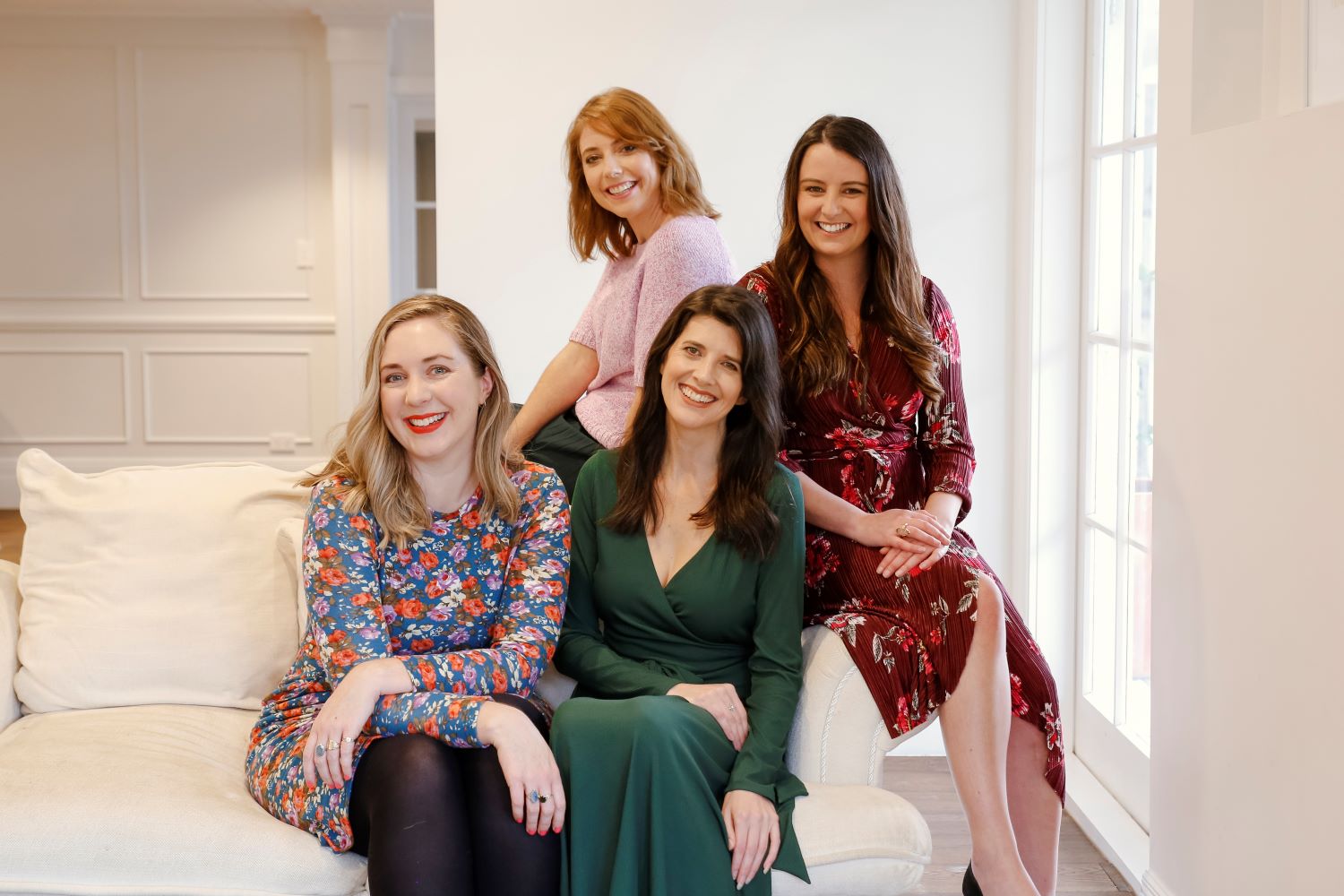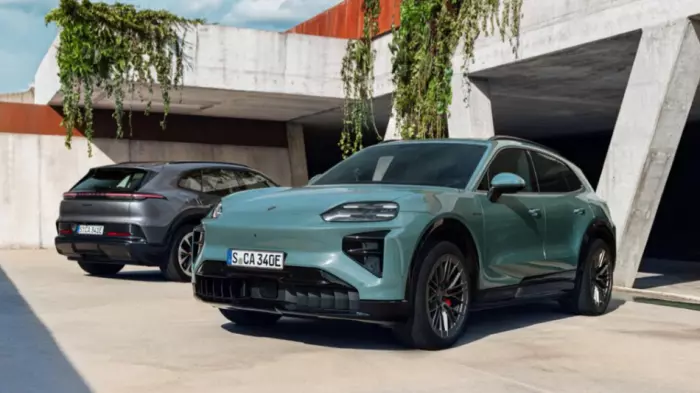The magazine industry in New Zealand, already under economic pressure generally, hit the wall in March and April when the covid-19 lockdown was imposed and local magazines – deemed by the government to be non-essential –disappeared from the newsstands for months. Many hundreds of journalists, editors, freelancers and sales and other backroom staff found themselves jobless due to the move to save New Zealanders from the risk of being infected by covid-19 arising from the production of the country's glossies.
Actually, it is hard to see how a magazine reader might get infected any more than a daily newspaper reader, but let us not go down that rabbit hole. In fact, it can be argued that the compulsory shutdown eventually reinvigorated the local magazine market.
From about August, as New Zealand started descending through to Level 1, the sector stuttered back into life. There had been casualties along the way. The German-owned Bauer Media, publisher of such titles as the New Zealand Woman’s Weekly, Woman’s Day, Australian Women’s Weekly, the Listener, Metro and North & South, shut down its New Zealand operation without any warning.
However, a number of these titles resurfaced after the mastheads were bought by Sydney-based investment firm Mercury Capital. It relaunched some under the Are Media brand and on-sold others to local publishing interests. These publishers have thrown themselves with vigour into the rebirth of the titles and readers, starved of local content during those long lockdown months, appear to be responding strongly.
Before the coronavirus arrived on our shores, Simon Farrell-Green was editing Bauer’s HOME, New Zealand's oldest architecture magazine. Then he wasn’t. Undeterred by the shutdown setback, he created his own architectural magazine, HERE, and is currently working on its fourth issue.
Farrell-Green says the first issue outsold HOME and he attributes this to the after-effects of the lockdown.
“I think people are in a state,” he says. “Many people have hit digital saturation, spending a lot of time on their laptops during lockdown, and now they want something slower." Slower like a glossy magazine that you gently turn the pages of, over a cup of coffee, while sitting in the sun.
He says the new and the reprised magazines are better than their predecessors in terms of paper quality, design and content. “All the independent publishers are intent on making a good product.”
 HERE founder and editor Simon Farrell-Green
HERE founder and editor Simon Farrell-Green
Quality is a hallmark of a new magazine just launched. Woman is one of four titles coming out of School Road Publishing, an offshoot of the giant advertising agency Stanley Street, formerly Ogilvy New Zealand. Agency boss Greg Partington lives up to his somewhat rambunctious reputation in the ad industry when asked why he is getting into magazine publishing.
“They’ve taken a lot of care to keep me out of this and I’d prefer to keep it that way,” he growled softly down the phone before promptly referring me to Sido Kitchin, the long-time journalist and editor who is running the new titles.
Kitchin was for several years the editorial director of various Bauer women’s titles. Now she runs the fortnightly Woman and also looks after travel magazine Scout, wellness-oriented Thrive, and Haven, which is home focused. These last three magazines are monthlies and have started hitting the newsstands They are edited respectively by media veterans Sarah-Kate Lynch, Wendyl Nissen, and Vanessa Marshall. In publishing terms those appointments mean School Road has real heft, and Woman is already getting plenty of publicity.
When I first contact Kitchin, she is in the middle of a photo shoot for the Sunday Star-Times. Media critic and former Herald editor-in-chief Dr Gavin Ellis headlined his Knightly Views blog piece on Woman, “This is no celeb-soaked skim read”, and he is right.
Woman is an intelligent read and, as Ellis notes, it might be written by women but it is not only for women. I had just read it (at the hairdresser's, of course) and in the world’s briefest conversation with Greg Partington I mentioned, "It's called Woman and I’m a man, but I found a lot of good reading in it.”
“Funny,” Partington responded, “that’s what someone said to me yesterday.” I guess you can call that a consensus. According to Kitchin, she is not taking Woman upmarket – “The guts of the magazine is there for women of all walks of life” – but she does see a gap in the marketplace.
“Magazines are having a moment all around the world. You don’t know what you’ve got till it’s gone,” she says, quoting Joni Mitchell. She did not add, “We are stardust, we are golden and we’ve got to get ourselves back to the garden”, but the general import was that readers were starved for magazine content during the lockdown and are now nostalgically reaching out for as much print as they can get. “If there was ever a time to launch fresh titles it’s now,” she adds.
As to why Woman is fortnightly: “I came from a weekly background and I don’t want to wait a month. Being fortnightly allows me to have better-quality stuff.”
Kitchin believes the market is saturated with weekly publications and that publishing Woman every fortnight means more money coming through the books than if it had been a monthly. It also allows the magazine to be bigger – it has 124 pages.
School Road Publishing's other three titles will be rolling out into an increasingly crowded market.
Metro magazine under entrepreneur and Rugby Pass streaming service founder Simon Chesterman is set to return in November as a quarterly and is developing several digital platforms it says will give “Aucklanders new access to insider knowledge of their city”.
 School Road Publishing's Wendyl Nissen, Vanessa Marshall, Sido Kitchin and Sarah-Kate Lynch
School Road Publishing's Wendyl Nissen, Vanessa Marshall, Sido Kitchin and Sarah-Kate Lynch
North & South was acquired by independent German publishers Konstantin Richter and Verena Friederike Hasel, now resident in New Zealand. There is a certain circularity here, given that North & South was one of the magazines cut loose by Bauer Media's German owners during the first covid lockdown.
Back in April, North & South editor Virginia Larson sadly posted on Facebook, “Seems this is our 'So long, and thanks for all the fish' moment… We knew journalism would be hard hit under lockdown, but when we woke up this morning, fair to say we didn’t expect to be gone by lunchtime.” While Richter and Friederike Hasel are working to renovate North & South and get it back on the market, Larson has switched to editing the revived Air New Zealand in-flight magazine, Kia Ora.
Eschewing print completely, out-of-work Fashion Quarterly and Simply You editor Zoe Walker Ahwa and writer Rebecca Wadey started fashion and culture website Ensemble. It makes sense to drop the cost of print and distribution and simply place your offering online.
Ensemble features an eclectic mix, from dressing up with comedian Tom Sainsbury, through where our political parties stand on gender equality, to what Megan Mansell, radio host with The Edge, thinks is good to buy and have.
Similarly, Capsule is another online zine, produced by former New Zealand Woman's Weekly deputy editor Kelly Bertrand. Note how many “former” editorial people are being mentioned here, mostly refugees from other lockdown-hit publications who have found new berths elsewhere.
BusinessDesk has its own subscriber-based online magazine, The Life, edited by Jacqui Loates-Haver, formerly editor of Kia Ora at Bauer Media, with lifestyle features, Master of Wine Bob Campbell, and – ah yes – a restaurant review by the aforementioned Simon Farrell-Green. People get around a bit in this business.
 The Capsule team, from left: Emma Clifton, Nicola Dewe, Alice O'Connell and Kelly Bertrand
The Capsule team, from left: Emma Clifton, Nicola Dewe, Alice O'Connell and Kelly Bertrand
The age of the generalist current affairs magazine has largely gone; in New Zealand, the sole survivors are North & South and the Listener. Farrell-Green attributes HERE's initial success to specialisation.
“I think there appears to be a lot of activity in the renovation market, money is cheap, people are not travelling, they’re stuck in a house with a wonky kitchen... A good part of our market is people doing research for a project."
Sido Kitchin is an example of someone who's done thorough research for a project. She has worked hard to clearly identify the specialities and the strength of her four new magazines. “The calibre of the editors. I can see a gap in the marketplace and obviously the first few issues are your calling card to advertisers.” With Woman, that calling card will probably bring in more than the dozen ads it carried in its first issue.
Kitchin also puts a lot of emphasis on the magazines’ online presence. The digital version will carry much more content than the print magazines and is cheaper to subscribe to.
Brendon Hill, Australia and New Zealand CEO of Are Media, also has his eye on a better online arm to the company on both sides of the Tasman, declaring in the Sydney Morning Herald that he wants a broader media business with a strong digital presence. “We need to continually change because consumers demand that of us.”
True words. In the post-lockdown period, readers have begun demanding changes in the content of their magazines and the way they receive it. Both new and old titles have begun to respond strongly. Maybe covid-19 has had an upside after all.











